Mixco Viejo (Jilotepeque Viejo)
A ruined Maya city that suffered a years-long case of mistaken identity.
Unlike the more famous Maya ruins scattered throughout Central America, Mixco Viejo (Jilotepeque Viejo) attracts only the odd trickle of tourists. The remarkably well-preserved city is so obscure even archaeologists mislabeled it.
For many years, archaeologists and historians believed this ruined city was the capital of the Poqomam Maya, thanks to the errors of early colonial explorers. It wasn’t until linguist Robert M. Carmack noticed Jilotepeque Viejo lay well outside the linguistic area normally associated with the Poqomam kingdom that people realized the site was actually Jilotepeque Viejo, capital of the Chajoma Kaqchikel kingdom. However, its original name stuck. Now, the site is commonly referred to as Mixco Viejo (Jilotepeque Viejo) to set it apart from the true Poqomam capital.
The Chajoma built the city to ward off their aggressive neighbors. Though their city was well-protected with ravines and the confluence of two rivers, the fortress fell to the Kaqchikel anyway and became part of their kingdom until Jilotepeque Viejo was abandoned during the 16th-century Spanish conquest. Luckily, the magnificent temples and grounds are preserved and accessible today.
The temples and other buildings at Jilotepeque Viejo are somewhat unique because the stone blocks are thin compared to the bulkier blocks found at other famous Maya sites like Tikal. You can climb to the top of its Twin Towers, though the steep, narrow stairs were originally meant to be used only by royalty.
You can also walk the length of the Mesoamerican ballgame court, which is shaped sort of like the letter “I.” The game was played with a heavy rubber ball that was passed between team members who struck the ball with their hips. Players in some competitions had ample incentive to win—the losers could be sacrificed.
Visitors might even find evangelical Christians sermonizing at the foot of a temple or Maya engaged in rituals of their own. Often, despite its past as a fortress, the ruined city is peaceful and serene.
Know Before You Go
Ask your hotel concierge or front desk staff to help you locate a driver who knows the area. Distance to Mixco Viejo is not far, but the road is winding and sometimes takes the visitor through villages with many streets. Expect the drive to take about two hours or more from Guatemala City, and be sure to bring drinking water.






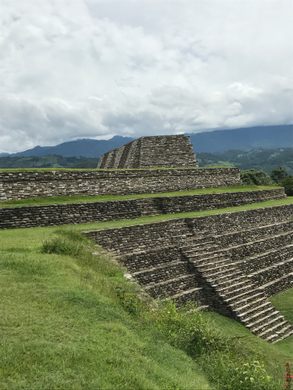






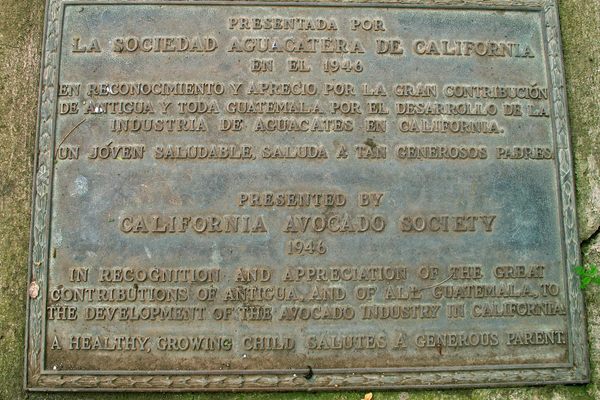

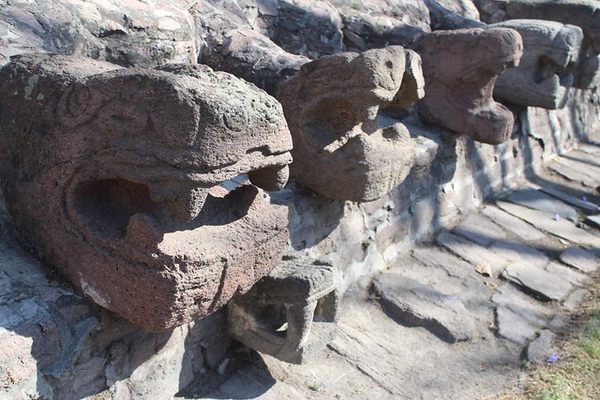
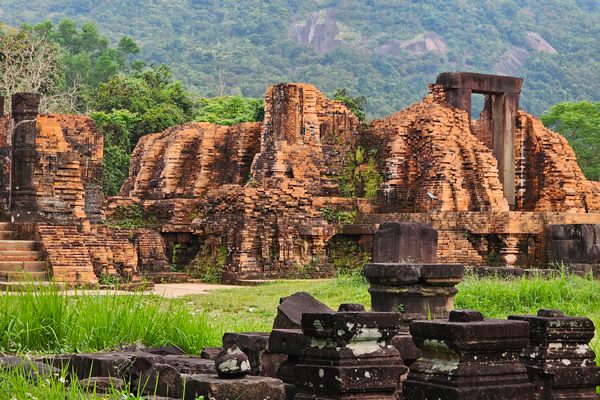
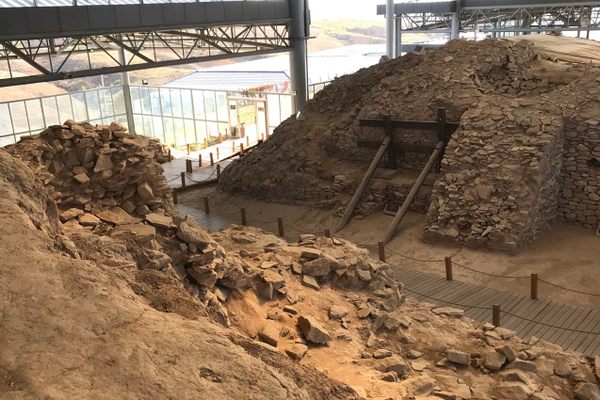
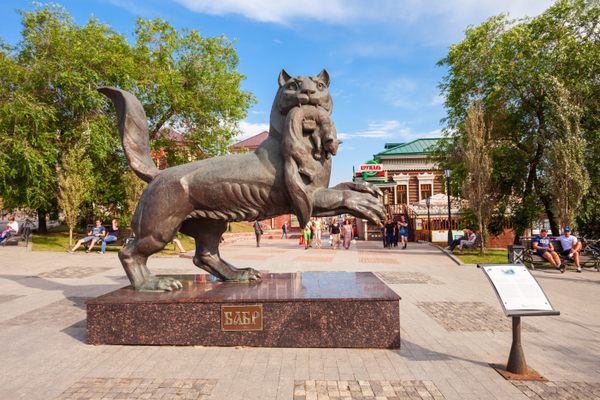

Follow us on Twitter to get the latest on the world's hidden wonders.
Like us on Facebook to get the latest on the world's hidden wonders.
Follow us on Twitter Like us on Facebook